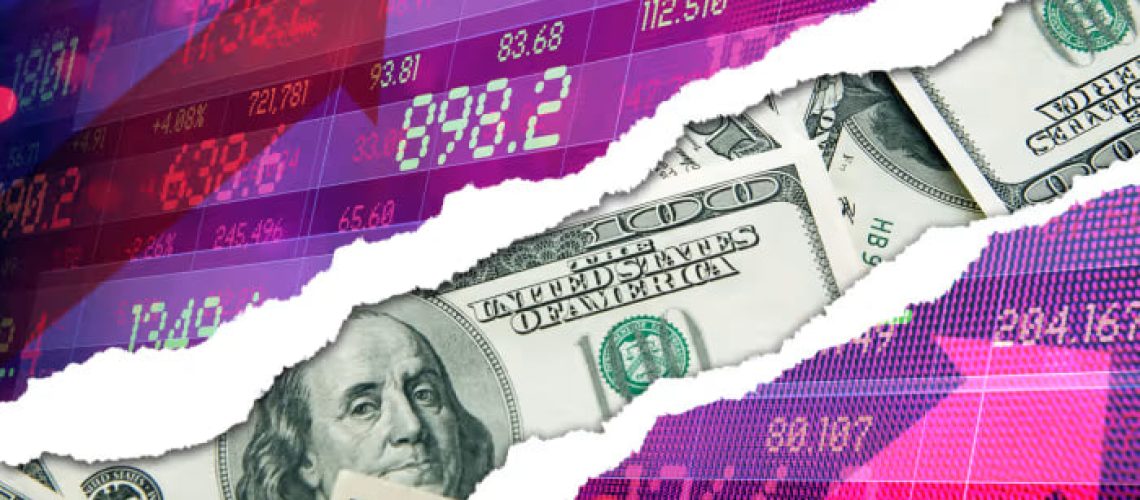The US Dollar Index (DXY) displayed surprising resilience on Friday, clinging to its recent gains despite a significant drop in Consumer Sentiment. The index briefly touched a multi-week high near 105.80 before settling slightly lower, yet still holding onto daily gains.
Mixed Economic Signals and Fed Projections
The US economic landscape remains complex, with the Federal Reserve (Fed) holding steady on its economic activity revisions while raising its Personal Consumption Expenditures (PCE) forecasts. Preliminary indicators suggest easing inflation, but the labor market remains strong, prompting the Fed to anticipate fewer rate cuts in 2024.
However, Friday’s University of Michigan Consumer Confidence report revealed a seven-month low, raising concerns about consumer spending’s impact on the economy. Despite this, the USD managed to maintain its bullish momentum.
Market Drivers: Fed’s Dot Plot and Consumer Sentiment
- Fed’s Dot Plot: The recent update indicates a median expectation of only one rate cut in 2024, contradicting previous market assumptions of one or two cuts, signaling a potential delay in policy easing.
- Consumer Sentiment Plunge: The University of Michigan Consumer Confidence Index fell sharply, reflecting growing pessimism about the economic outlook. This dip briefly weighed on the USD but failed to derail its overall upward trajectory.
DXY Technical Analysis: Bulls Remain in Control
The technical indicators continue to support the bullish outlook for the DXY. The Relative Strength Index (RSI) remains above 50, the Moving Average Convergence Divergence (MACD) displays green bars, and the index holds above its 20, 100, and 200-day Simple Moving Averages (SMA).
Understanding the Fed’s Role
The Federal Reserve’s monetary policy decisions play a crucial role in shaping the US Dollar’s value. When inflation rises above its 2% target, the Fed typically raises interest rates to curb price pressures, strengthening the USD. Conversely, when inflation falls below target or unemployment rises, the Fed may lower rates to stimulate borrowing, which can weaken the Greenback.
